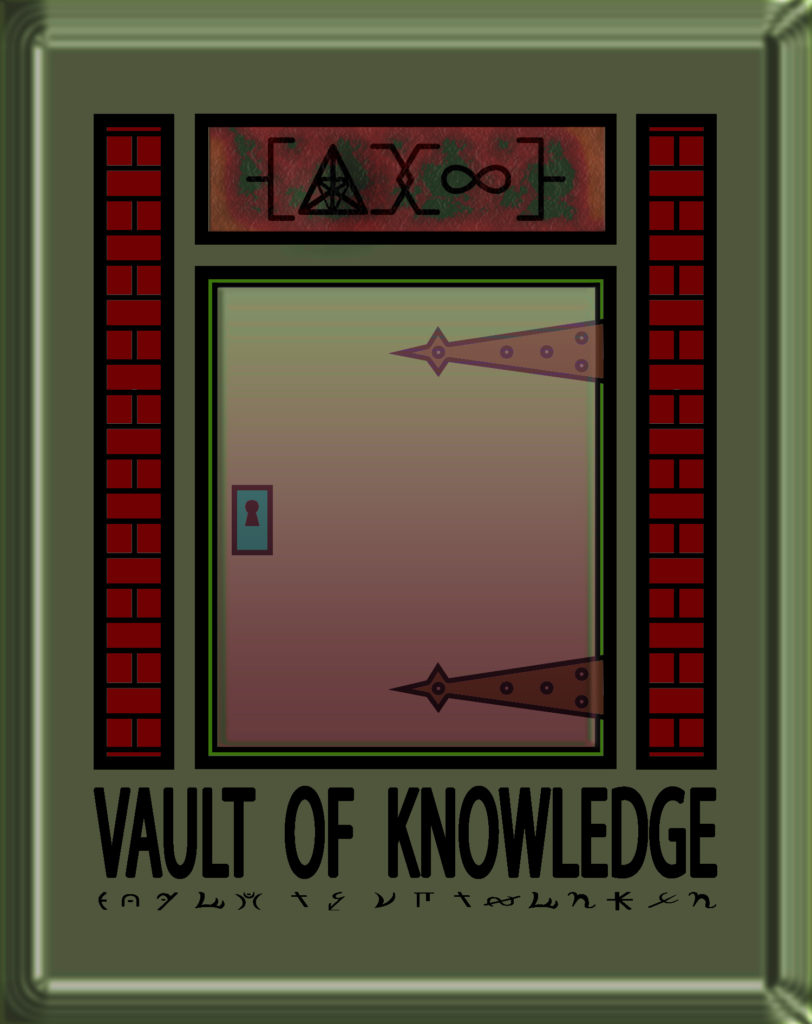Fight scenes can be a two-edged sword. On the one hand they look great and exciting… visually on thew movie screen. But trying to put that on paper can very quickly end up as something like “parry, parry, thrust, oh parry” for a couple of pages. I learned very quickly tat you have to get inventive.
Commentary: Of course, there is always the back and forth comments to interject as the swordplay (or whatever) is going back and forth. I use it a lot myself, but our goal here is to create something visual that will jump out of the page at the reader. We need to mix it up with a bit more action.
Inventive fight scenes: Every terrain has its props, so use them. The bush, that trash can, the innocent bystander just walking by. You can also get inventive with HOW the people fight. For instance, one character in Maldene is a master of the sword, but when I realized I needed something different then I made him part acrobat. Leaping onto the back of a horse, standing up ON the saddle, as he swings his swords to either side cleaving heads while the horse is moving. Bit more excitement, and something more for the readers to picture in their heads.
Different solutions: Try not to have the characters solve something in the same way too often (this can go for a lot more than just fight scenes, by the way). Did he just swing from a chandelier in the previous chapter? Okay, time for him to try something else. And go for something different, something unexpected.
Fight scenes should be busy: Unless it’s a duel between two people, there are many people involved in a fight, so jump around a bit. Couple of paragraphs of one portion, then shift the scene to elsewhere on the battlefield where three others are duking it out, then shift again. Keep up the pace and don’t give the reader time to breathe.
Descriptions. Go into a bit more detail with the descriptions of the play-by-play to add a bit more life to it. Just remember to not be too detailed. A fight scene should remain fast-paced, and too elaborate a description will bog it down. Rather, go for some quick fast-paced yet visually-appealing descriptions. There are a number of ways to do this, and some of the better ways involve violating a couple of those basic rules of grammar you learned back in grade school. At the risk of an exceedingly crude example, instead of “the sword came slicing down through the air, cutting across his opponent’s abdomen and spilling out a river of blood,” you might try something like, “Steel-edged death sang across the stunned assailant, the ground beneath turning crimson as his life spilled out.” Which reminds me, don’t be afraid to be at least a little poetic.
So, which of the above works best and which do I personally use. The answer is All of them, and not just one or the other for a given fight. If you have a big enough battle scene coming up, stick all of the above into that scene, mix them carefully together. The result will be a whole better than its parts, and liven iup the old fight from an otherwise boring bit of swordplay.






 Users Today : 380
Users Today : 380 Total views : 4024267
Total views : 4024267 Who's Online : 2
Who's Online : 2

